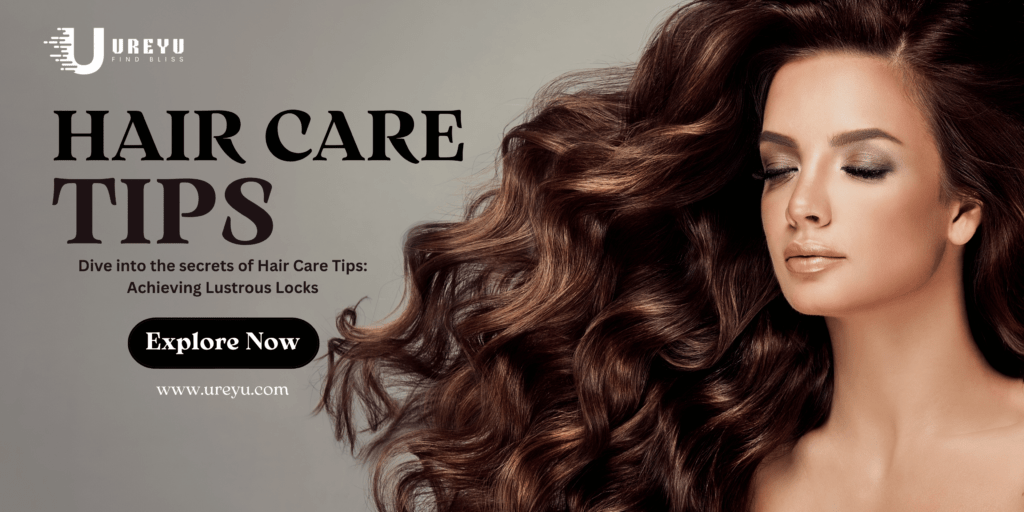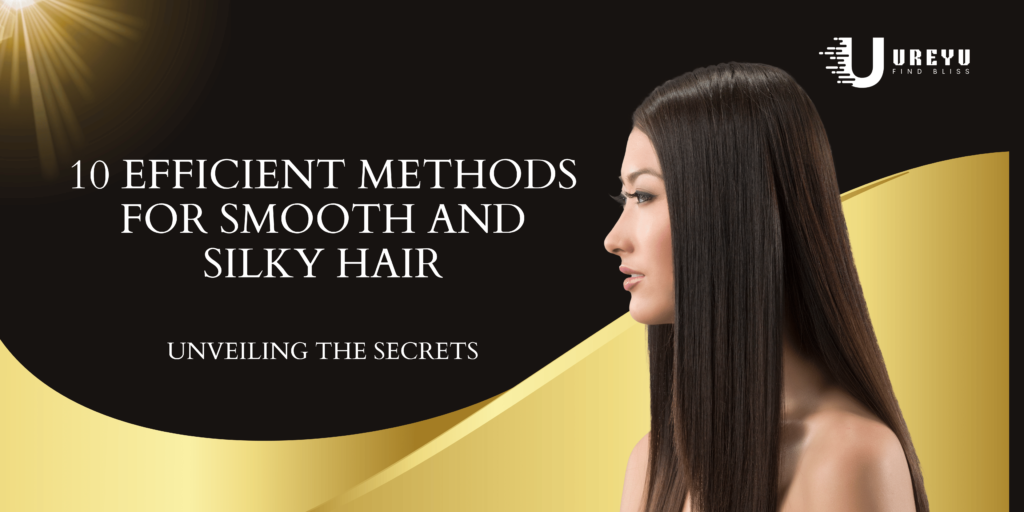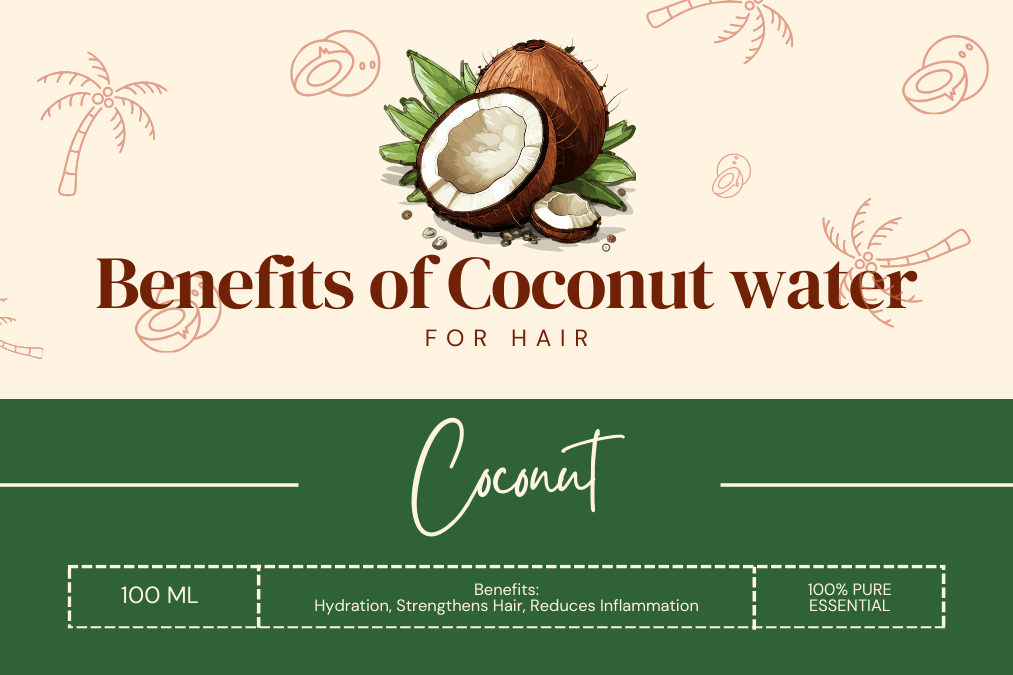How To Moisturize Your Hair
Introduction
Moisturizing your hair is a crucial element in preserving its overall health and vibrancy. Regardless of whether your hair is straight, wavy, curly, or coily, mastering the art of effective moisturization can help prevent issues such as dryness, breakage, and lack of shine. This detailed guide will delve into all the essential aspects of moisturizing your hair, including the reasons why it is so important, how to select the most suitable products, and the most effective techniques to ensure your hair remains well-hydrated and in optimal condition.
Why Moisturizing Your Hair is Essential
Moisturizing your hair is not just about enhancing its appearance; it’s crucial for maintaining its overall health. Proper hydration helps in multiple ways:
Prevents Hair Damage
Dry hair is more susceptible to damage, including breakage, split ends, and frizz. When your hair lacks moisture, it becomes brittle and more likely to break. By keeping your hair properly moisturized, you create a protective barrier against environmental stressors like sun exposure, pollution, and heat styling (Healthline).
Promotes Hair Growth
A well-moisturized scalp is essential for healthy hair growth. Dry, flaky scalp conditions can lead to issues like dandruff and irritation, which can hinder hair growth. Moisturized hair and scalp help reduce these problems, promoting a healthier environment for hair to grow (Medical News Today).
Enhances Hair Texture
Proper hydration improves your hair’s texture by making it smoother, shinier, and more manageable. Moisturized hair is less prone to frizz and flyaways, and it can enhance the natural texture of your hair, whether it’s straight, wavy, or curly (Byrdie).
Understanding Your Hair Type
Before diving into moisturizing techniques, it’s important to understand your hair type, as different types have different moisture needs.
Common Hair Types and Their Moisture Needs
- Straight Hair: Straight hair tends to be oilier because natural oils from the scalp travel easily down the hair shaft. It usually requires lightweight, water-based moisturizers to avoid excessive greasiness (Glamour).
- Wavy Hair: Wavy hair can range from fine to coarse. It benefits from a balanced moisturizing approach—hydrating enough to prevent frizz without making the hair too limp. Light, hydrating products work best (Allure).
- Curly Hair: Curly hair is naturally drier due to the difficulty of oils traveling down the twists and turns of the hair shaft. Curly hair types require richer, moisture-infused products such as creams and oils to define curls and reduce frizz (Oprah Daily).
- Coily Hair: Also known as kinky hair, coily hair has tight curls or zig-zag patterns and is the most fragile. It requires the most moisture to stay soft and manageable. Deep conditioning treatments and heavy butters or oils are ideal (Hair.com).
Choosing the Right Moisturizing Products
Selecting the appropriate products is key to successful hair moisturizing. Here’s what to consider:
Water-Based vs. Oil-Based Moisturizers
- Water-Based Moisturizers: These moisturizers add hydration directly to the hair shaft and are generally lightweight. Ingredients such as aloe vera, glycerin, and panthenol are excellent for daily use as they provide moisture without weighing down the hair (Self).
- Oil-Based Moisturizers: These are used to seal in moisture, making them ideal for use in dry climates or colder weather. Oils like argan, jojoba, and coconut are effective at locking in hydration after applying a water-based product (Healthline).
Natural Moisturizers to Consider
- Aloe Vera: Aloe vera is a natural humectant that draws moisture into the hair and scalp. It helps soothe the scalp and reduce dandruff while providing lightweight hydration suitable for all hair types.
- Coconut Oil: Known for its ability to penetrate the hair shaft deeply, coconut oil helps nourish and hydrate from within. It’s particularly beneficial for dry and damaged hair as it helps reduce protein loss (Healthline).
- Shea Butter: Rich in fatty acids and vitamins, shea butter is ideal for dry, coarse, or coily hair types. It locks in moisture and provides a protective barrier against environmental damage (Healthline).
Effective Techniques for Moisturizing Your Hair
Applying moisturizers correctly is just as important as choosing the right products. Here are some effective techniques:
The LOC Method (Liquid, Oil, Cream)
The LOC method is a popular technique for moisturizing, especially beneficial for curly and coily hair types. It involves three steps:
- Liquid: Apply a water-based product such as a leave-in conditioner to hydrate the hair.
- Oil: Seal in the moisture with an oil like argan or coconut oil.
- Cream: Finish with a cream or butter to lock in all the moisture and provide extra protection.
Deep Conditioning Treatments
Deep conditioning is crucial for replenishing moisture and strengthening the hair. Aim to use a deep conditioner once a week to deeply nourish and hydrate your hair. Look for products containing natural oils, proteins, and humectants (Verywell Fit).
Leave-In Conditioners
Leave-in conditioners are excellent for providing ongoing moisture. They help keep your hair soft and manageable throughout the day. Apply them to damp hair after washing to seal in moisture and maintain hydration (Byrdie).
Establishing a Moisturizing Routine
Creating a consistent routine for moisturizing your hair is key to maintaining its health.
Frequency of Moisturizing
The frequency of moisturizing depends on your hair type and lifestyle. Fine hair might require daily or every-other-day moisturizing with light products, while thicker or coily hair might only need moisturizing every few days (StyleCraze).
Seasonal Adjustments
Hair needs can vary with the seasons. In colder, dryer months, opt for heavier creams and oils to combat dryness. During warmer months, lighter products may suffice (Health).
Common Mistakes in Hair Moisturization
Avoid these common mistakes to ensure your hair stays healthy:
Over-Moisturizing
Applying too much moisturizer can lead to greasy, limp hair. Use the right amount of product for your hair type to maintain balance (Verywell Health).
Ignoring Hair Porosity
Understanding your hair’s porosity—how well it absorbs and retains moisture—is crucial. High porosity hair absorbs moisture quickly but loses it just as fast, while low porosity hair can be resistant to moisture. Adjust your products and techniques accordingly (Byrdie).
Conclusion
Mastering the art of moisturizing your hair is essential for achieving and maintaining healthy, shiny, and manageable locks. By understanding your hair type, choosing the right products, and establishing a consistent moisturizing routine, you can keep your hair hydrated and beautiful throughout the year.
FAQs
1. How often should I moisturize my hair?
It depends on your hair type and environmental conditions. Fine hair might need daily moisturizing with light products, while thicker or coily hair might only need it every few days (Byrdie).
2. Can I use coconut oil on all hair types?
Coconut oil is beneficial for most hair types, especially dry or damaged hair. However, it might be too heavy for fine hair. Test it out to see how your hair responds (Healthline).
3. What is the LOC method for moisturizing hair?
The LOC method stands for Liquid, Oil, and Cream. It’s a technique for locking in moisture, particularly useful for curly and coily hair (Byrdie).
4. How do I know my hair’s porosity?
Test your hair’s porosity by placing a strand in a glass of water. If it sinks quickly, your hair is




Great article! I really appreciate the clear and detailed insights you’ve provided on this topic. It’s always refreshing to read content that breaks things down so well, making it easy for readers to grasp even complex ideas. I also found the practical tips you’ve shared to be very helpful. Looking forward to more informative posts like this! Keep up the good work!
I like this web site its a master peace ! Glad I found this on google .
owkxc6
mfex6w